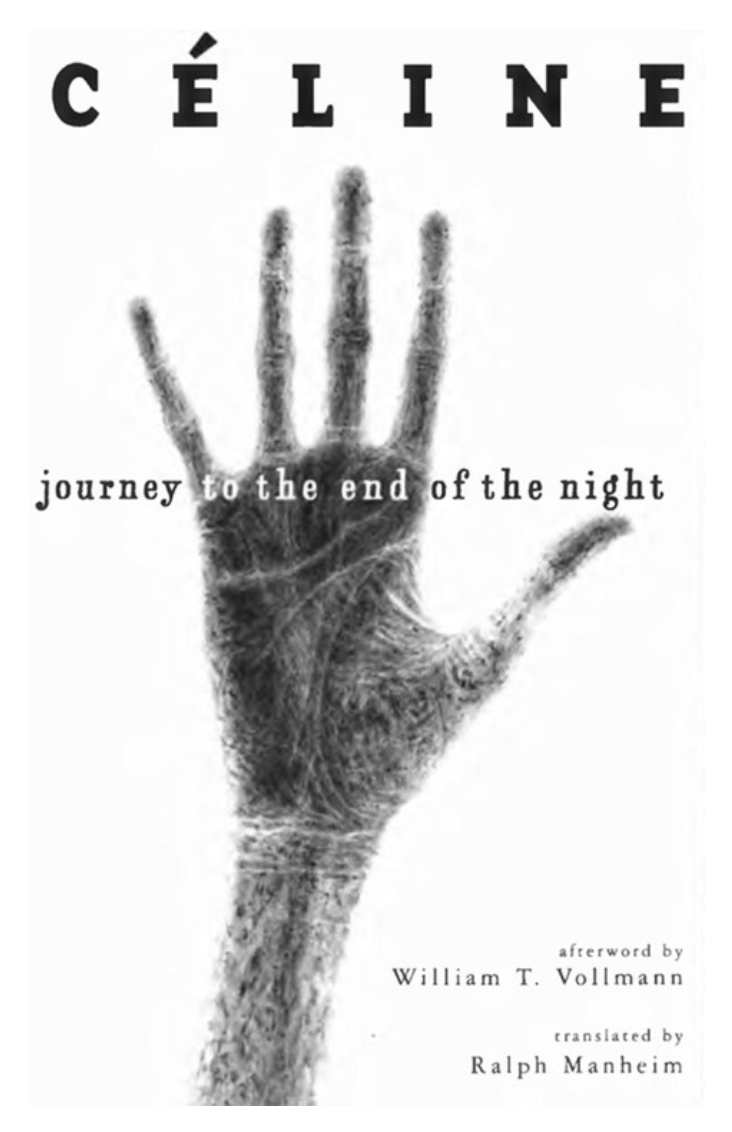
Journey to the End of the Night by Louis-Ferdinand Céline: A Must-Read Classic
Theodoros Kafantaris
Published on November 20, 2025
Introduction
Few novels capture the raw, unfiltered chaos of 20th-century life like Journey to the End of the Night. Published in 1932, this debut work by French author Louis-Ferdinand Céline shook the literary world with its unrelenting honesty, dark humor, and innovative use of language. It's not a comfortable read, nor is it meant to be—it's a visceral plunge into war, colonialism, urban despair, and human folly.
What makes this book particularly noteworthy is its narrative style. Céline's use of slang, fragmented sentences, and first-person confessional voice revolutionized French literature, influencing writers from Samuel Beckett to William Burroughs. Journey to the End of the Night isn't just a story—it's a mirror held up to the absurdity and brutality of modern life.
About the Author
Louis-Ferdinand Céline (1894–1961) remains one of the most controversial figures in 20th-century literature. Born Louis Ferdinand Destouches in Paris, he served as a doctor in World War I, an experience that profoundly shaped his worldview and writing.
Céline's style is unmistakable: he combines conversational slang with lyrical despair, creating prose that feels alive, urgent, and brutally honest. His major works include Death on the Installment Plan and Castle to Castle, though none sparked the same storm of admiration and controversy as his first novel.
Controversy shadows Céline's legacy. His anti-Semitic pamphlets during World War II taint his reputation, making his works a subject of ongoing ethical debate. Understanding this context is crucial—Journey to the End of the Night offers literary brilliance while existing alongside troubling aspects of its author's life.
Story Overview
Journey to the End of the Night follows Ferdinand Bardamu, a cynical, disillusioned man whose wanderings expose the brutality, absurdity, and dark humor of life. Céline's narrative is episodic, moving from war to colonial Africa to industrial America, and finally to the streets of Paris. Here's a breakdown:
1. The Hell of War
Bardamu's journey begins in the trenches of World War I, where the horrors of combat are laid bare with unflinching realism. Céline's war scenes are not heroic—they're chaotic, grotesque, and profoundly human, emphasizing the absurdity of nationalism and the suffering of ordinary soldiers.
2. Colonial Africa: A Mirror of Brutality
Seeking escape, Bardamu travels to French colonial Africa. Here, he encounters exploitation, disease, and systemic violence. Céline's portrayal of colonialism is scathing, unmasking the moral bankruptcy behind imperialist adventure tales. The landscape is harsh, the people often suffering, and the protagonist's idealism is quickly crushed.
3. American Industrial Nightmare
Next, Bardamu moves to the United States, landing in the industrial city of Detroit. His experiences reveal the alienation and dehumanization of modern capitalism. Céline satirizes corporate greed, the monotony of factory life, and the empty pursuit of the American Dream, all with dark humor and biting irony.
4. Return to Paris: The Cynical Homecoming
Finally, Bardamu returns to Paris, now more jaded and disillusioned than ever. Here, Céline explores urban poverty, human cruelty, and fleeting moments of kindness. The city is a labyrinth of moral ambiguity, highlighting the inescapable cynicism that defines much of the novel.
Narrative Style
Céline's style is central to the story's impact. Short, fragmented sentences, street slang, and a confessional tone create immediacy, drawing readers into Bardamu's psyche. The prose oscillates between humor and horror, leaving readers both entertained and unsettled.
Key Takeaways
-
Life is absurd and often cruel: Céline doesn't sugarcoat human suffering; the book challenges readers to confront life's harsh realities.
-
Cynicism can be enlightening: Bardamu's critical eye reveals societal hypocrisy, prompting reflection on morality and human behavior.
-
The horrors of war endure: Combat is portrayed as pointless and dehumanizing, a lesson that resonates beyond the historical setting.
-
Colonialism and capitalism critique: Both systems are shown as exploitative, forcing readers to question accepted social and economic norms.
-
Language shapes experience: Céline's innovative prose demonstrates how style can intensify narrative impact, showing the power of literary form itself.
Why This Book Is a Must Read
Journey to the End of the Night is more than a novel—it's a cultural landmark. Its fearless depiction of war, colonialism, and modern life, combined with a revolutionary narrative style, influenced generations of writers and reshaped French literature. While uncomfortable at times, its insights into human folly, resilience, and absurdity make it essential reading for anyone seeking a deeper understanding of the 20th century and the human condition.
This book earns its place on a "100 Books You Must Read" list not for comfort, but for confrontation—Céline forces readers to look at life unflinchingly, with both humor and despair.

